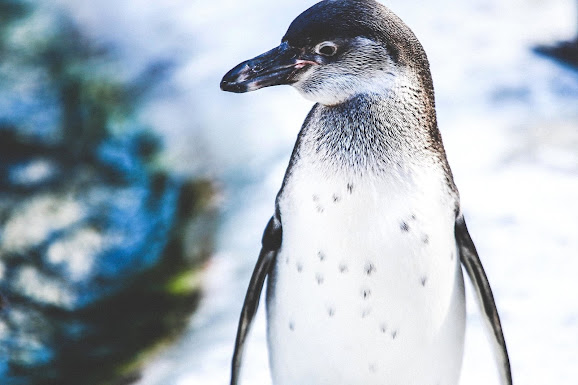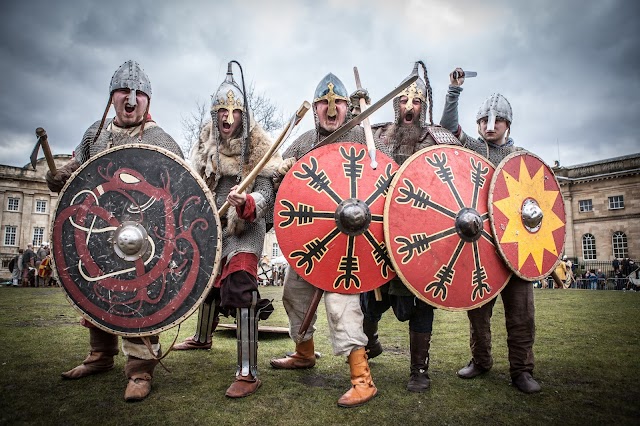Penguins are the most famous and beloved bird in the world and even have their own holiday-World Penguin Day on April 25. They are also some of the most unique and amazing birds because their body adaptability can survive in unusual climatic conditions and live mainly at sea. Do you understand what makes penguins so unique and intriguing?
- There are 18 unique species of penguins in the world, although there are two species-the rock and fish in the north and the rock are fish in the south-sometimes considered the same species. Although some penguins are widespread and prosperous, 13 of them have a reduced population. If strong protection and protection measures are not taken, the five penguins will be considered endangered and face the possibility of extinction. Using symbolic penguins is a great way anyone can help these birds.
- Penguins are mainly found only in the southern hemisphere. Although most people associate penguins with Antarctica, they are far more common than cold regions. Penguin populations can be found in South America, South Africa, Australia and New Zealand, and many small islands in the South Pacific. In captivity, penguins are spread all over the world.
- The most natural and northernmost penguin is the Galapagos penguin, which lives near the equator of the Galapagos Islands for a year. This penguin swims while feeding and regularly crosses the equator into the northern hemisphere.
- Penguins lost their capacity to fly large number of years back, however their incredible flippers and smoothed out body make them exceptionally cultivated swimmers. They are the fastest swimming and deepest diving species of any bird, and they can live underwater for 20 minutes at a time.When swimming, penguins will jump in a shallow arc above the water. This practice is called dolphins.
- This feather is covered with small bubbles that reduce friction and can swim at a speed of 22 miles (35 kilometers) per hour. It may also help them avoid carnivores, allowing them to breathe more often, and some scientists speculate that they may jump out of this jump.
- The light front and dark back dovetail dyeing of classic penguin feathers is called anti-shadow. This bright color pattern can provide excellent camouflage from above and below to protect the penguin in the water. It also helps to camouflage penguins from their prey for more successful hunting. Both male and female penguins look the same and the colors are the same.
- Penguins are carnivores and can catch all the food that lives in the sea. Contingent upon the species, they can eat a wide range of marine creatures, including fish, squid, shrimp, krill, crabs and different shellfish. Because their diet is so professional, penguins are called fish eaters.
- Penguin eyes work better in the water than in the air, giving them superior vision during hunting to catch prey, even in cloudy days, in dark or turbid water, or in turbulent water.
- The Emperor Penguin is the largest penguin species. It is 48 inches tall and weighs up to 90 pounds when mature. The little penguin is the smallest penguin, only 12 inches tall and weighs only 2 pounds.
- The yellow-eyed penguin is considered to be the rarest species of penguin, with only about 5,000 birds living in the wild, despite fluctuations in population numbers. They can only be found on the southeastern coast of New Zealand and on smaller nearby islands.
- Penguins are highly socialized colonies of birds that form breeding colonies, known as tens of thousands of Rockpies. They may use the same nesting site for thousands of years, the largest colony can be millions, and many penguins live with the same teammate for many years. Parents and chicks use their excellent hearing to easily track each other even in a crowd.
- Emperor penguins and emperor penguins do not build nests. Instead, each pair of individual eggs hatched on the parent’s feet and kept warm by the skin called the brood bag. Hatching can take 8-10 weeks and occurs in winter, so eggs must always be kept warm and safe.
- Emperor penguin males hatch their eggs for two months in winter, while females do not eat when they are at sea. During that time, men live on fat reserves and may lose half of their body weight. When the females return shortly after the chicks hatch, they switch their parental duties and the females replenish fat when the males go to sea.
- Contingent upon the species, wild penguins can live for 15 to 20 years. During that time, they spent 75% of their lives at sea.
- Penguins have many natural enemies according to their habitat, including leopard seals, sea lions, orcas, skuas, snakes, sharks, and foxes. Man-made threats are also a problem facing Penguins, including oil spills and other pollution, climate change changing the distribution of food sources, illegal poaching and egg harvesting. Fortunately, many penguins like captive breeding programs, and the success of zoos, aviaries and marine parks can help protect penguin populations.








0 Comments